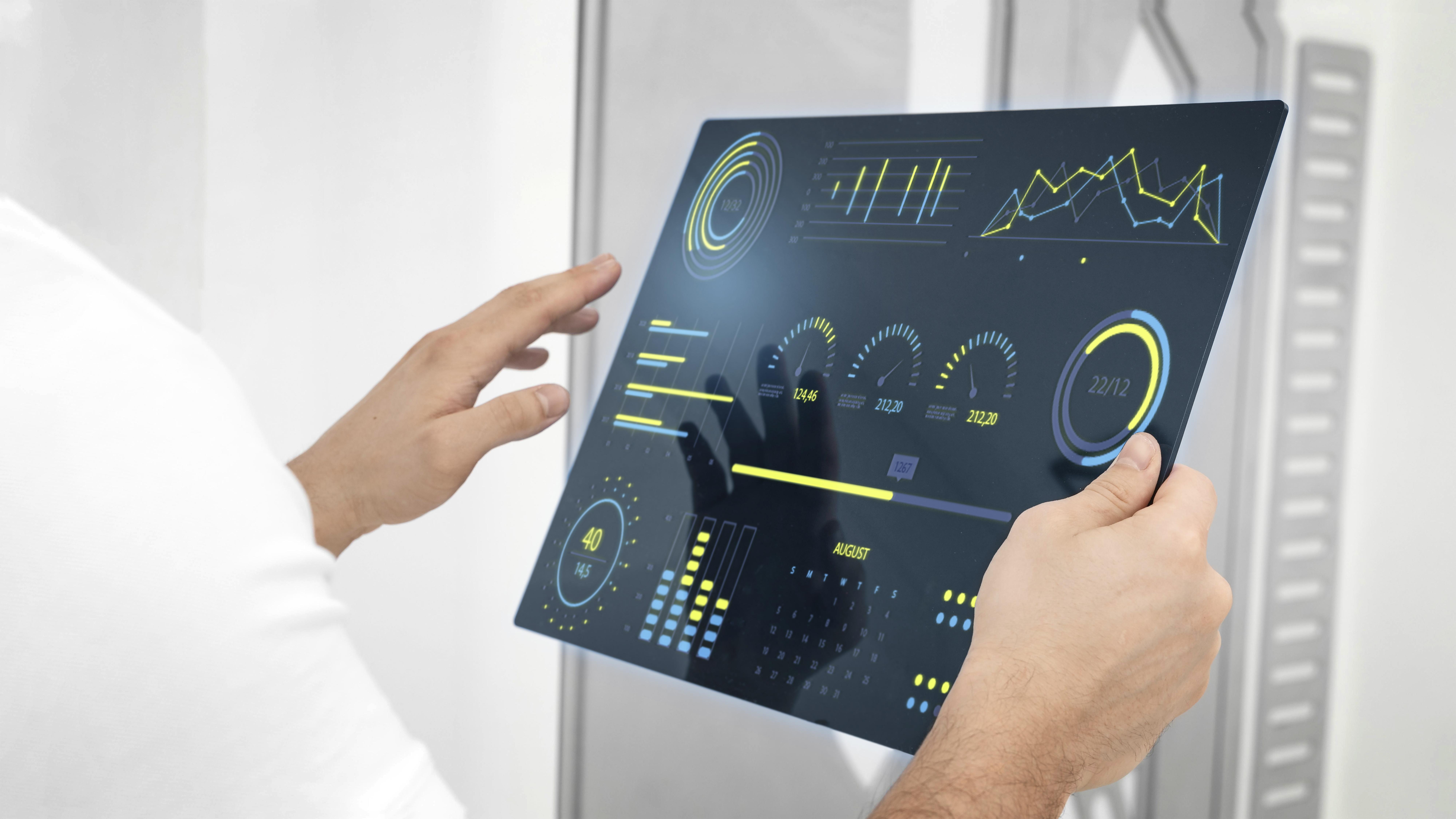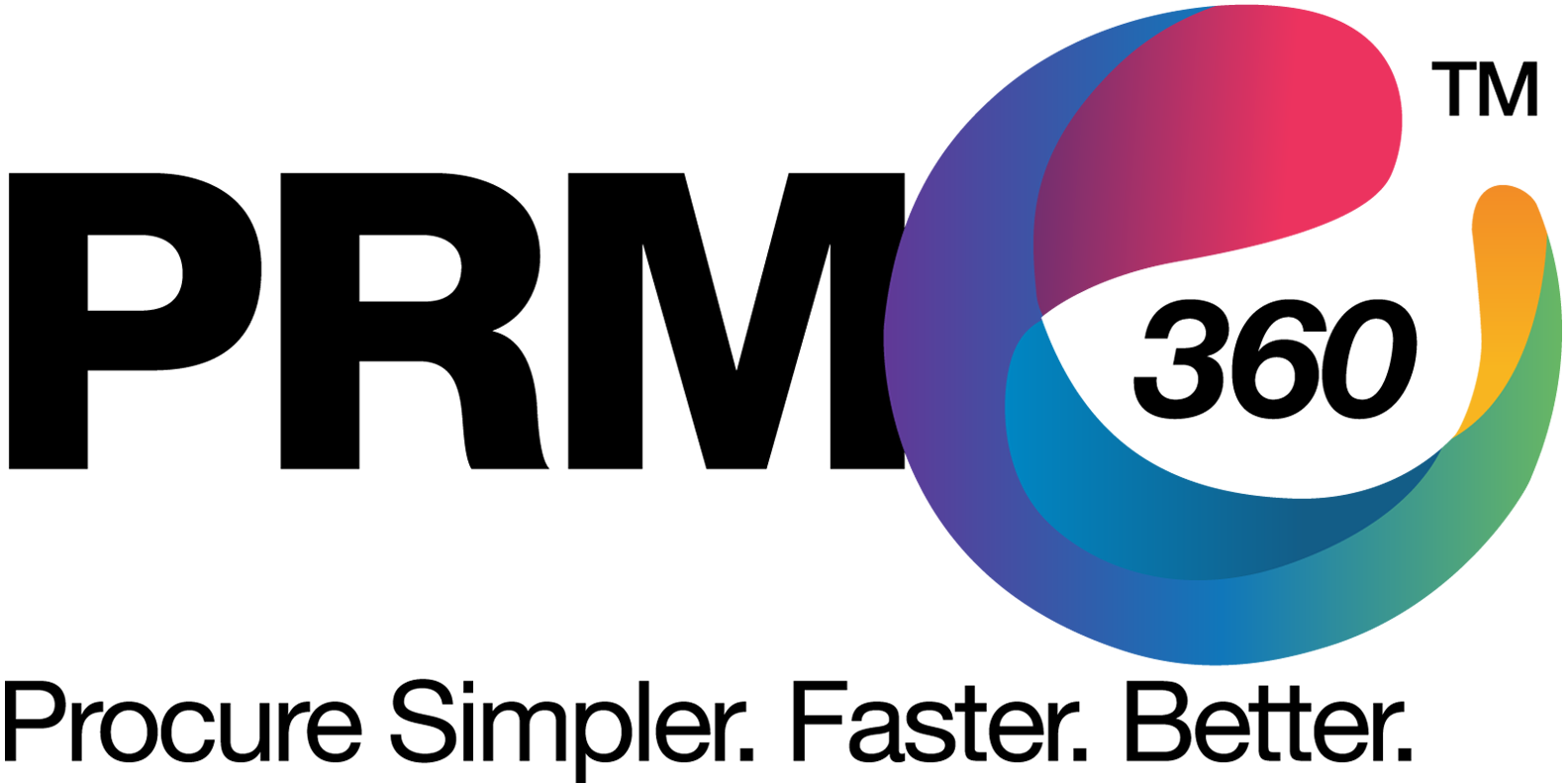Leveraging KPIs for Measuring Procurement Performance

Procurement professionals are constantly under pressure to find and develop methods to strengthen and improve their procedures due to the ever-changing dynamics of businesses. As a result, leaders in the industry have begun focusing on data and KPIs other than just cost savings in order to determine the function's long-term success.
An effective KPI strategy can streamline procurement procedures, manage supplier risk, and ensure continuous growth. The best thing is these KPIs can also be visualized, measured, and shared in real-time by businesses to find ways to improve.
Let us have a look at some of the key performance indicators (KPIs) for your procurement function's performance in this blog. We have discussed supplier, procurement, and organization viewpoints in this blog.
KPIs for Suppliers
- On-Time Delivery: This KPI measures the percentage of orders that are delivered on or before the agreed-upon delivery date.
- Supplier Performance Scorecard: This KPI aggregates multiple performance metrics into a single scorecard, allowing for a comprehensive view of supplier performance.
- Purchase Price Variance: This measures the difference between the actual purchase price and the expected purchase price for a particular item or service.
- Supplier Responsiveness: This measures how quickly suppliers respond to requests for quotes, proposals, or other communication.
- Supplier Relationship Management: This KPI measures the effectiveness of the procurement team's relationship with suppliers, including factors such as communication, collaboration, and conflict resolution.
These are just a few examples of KPIs that can help measure the performance of the procurement function from a supplier's point of view.
KPIs for Procurement Department
- Purchase Requisition to PO Cycle Time: This KPI measures the time it takes from the initial purchase requisition to the final purchase order creation.
- Spend Under Management: This measures the percentage of the total spend that the procurement department actively manages.
- Savings as A Percentage of Spend: This KPI measures the cost savings achieved as a percentage of total spending.
- Procurement Cost Reduction: This measures the reduction in procurement costs achieved through activities such as streamlining processes, reducing waste, or automating procurement activities.
- Supplier Performance Management: This KPI measures the effectiveness of the procurement team's relationship with suppliers, including factors such as communication, collaboration, and conflict resolution.
These are just a few examples of KPIs that can help measure the performance of the procurement function from the Procurement Department's point of view.
KPIs for Organizations
- Procurement ROI: This measures the return on investment of the procurement function, comparing the cost savings achieved to the total cost of the procurement function.
- Procurement Cost As A Percentage Of Spend: This measures the percentage of total spending that is used to fund the procurement function.
- Procurement Cycle Time: This measures the time it takes to complete the procurement process from initial requisition to payment.
- Procurement Compliance: This measures the extent to which procurement policies and procedures are followed, including regulatory compliance and risk management.
- Procurement Staff Productivity:This measures the efficiency of procurement staff in completing procurement activities.
- Innovation in Procurement: This KPI measures the ability of the procurement function to drive innovation and identify new ways to improve the organization's procurement activities.
These are just a few examples of KPIs that can help measure the performance of the procurement function from an organizational point of view.
Even though there are a lot of KPIs to choose from, it's important to pick the ones that will help you move forward with your strategy. Procurement teams are increasingly investing in software-as-a-service (SaaS) technologies that manage expenditure analysis, the PR-to-PO cycle, supplier relationship management, and contract lifecycle management in order to effectively manage this increasing number of KPIs
